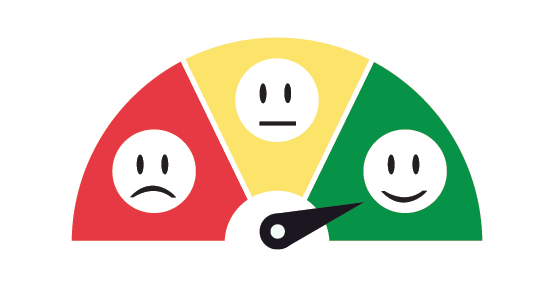
Can you remember a time where you visited a site and it felt as though the company knew you very well and were able to anticipate your every move before you made it?
How about a time when you visited a site and the user experience was so clunky and disjointed that you ended up with your blood boiling as you clicked the “back button” on the browser while making the decision to NEVER do business with a company that cared so little?
The following steps will help you create a user experience that wins you customers instead of alienating them through frustration!
Step 1 | What is the Objective?
When approaching your website, email, campaign or any other design elements it’s critical that you understand what the objective is before you start. Is it your goal to clearly communicate information to the user? Are you trying to get them to “opt in” to your email list? Would you like them to purchase a product or service?
Sure, your objective could simply be to design something that is consistent with your brand and looks pretty, but aligning your design objective with your overall business goals is a far more impactful approach.
Step 2 | Focus on Users of Your Site
One of the biggest mistakes companies and marketers make is designing a website around their personal preferences. Unfortunately, and as harsh as it may sound, it really doesn’t matter what the CEO or anyone else on the team “likes,” unless they are the target you’re looking to reach. If you focus on making anyone except your users happy, your results will make you very unhappy!
Step 3 | Understand the Context
It’s very important to understand WHEN and HOW your users are accessing your website. We were recently working with a company that had just over $20 million in annual revenue and only $150,000 of that revenue was coming from online. As we looked at the personas this company served we realized they primarily accessed their website via their smart phone. The challenge was that they didn’t have a mobile version of their website – talk about a poor mobile user experience! Once we created this situation, their sales soared to over $2.5 million in the first 12 months of launching the site. Imagine what type of revenue you might be leaving on the table if you skip this step? Yuck!
Step 4 | Design to Data
Anyone can make assumptions and design a site that looks great. If you’re only interested in window dressing this may be an excellent approach for your site. If you’re more interested in generating revenue than you are in winning a “beauty contest,” you’ll want to let your data drive your design. Sure you’ll still need to make assumptions, but if you’re focused on how your users are utilizing your site and you’re gaining this knowledge from the story your analytics is providing you, you’ll have a much better chance of winning in the end.
The beauty of digital marketing is the ability, and ease at which you can continually optimize your presence and performance. If you begin with a solid process and answer the right questions along the way, you’ll experience far greater results throughout the entire evolution of your website and create a distance between you and your competition!
We like to call this evolution of your website Growth Driven Design. It’s all about having a great foundation and getting your site built and out the door in order to start measuring performance. It’s how we take your lead generating design and get it implemented in half the time of the traditional model. It’s the agile methodology to website development and we’d like to show you how.
More leads. More Sales. More Results.
Interested in hiring a website design company? We at MINDSCAPE have been helping clients in a variety of industries get more from their websites. You can learn about our web design services here.




